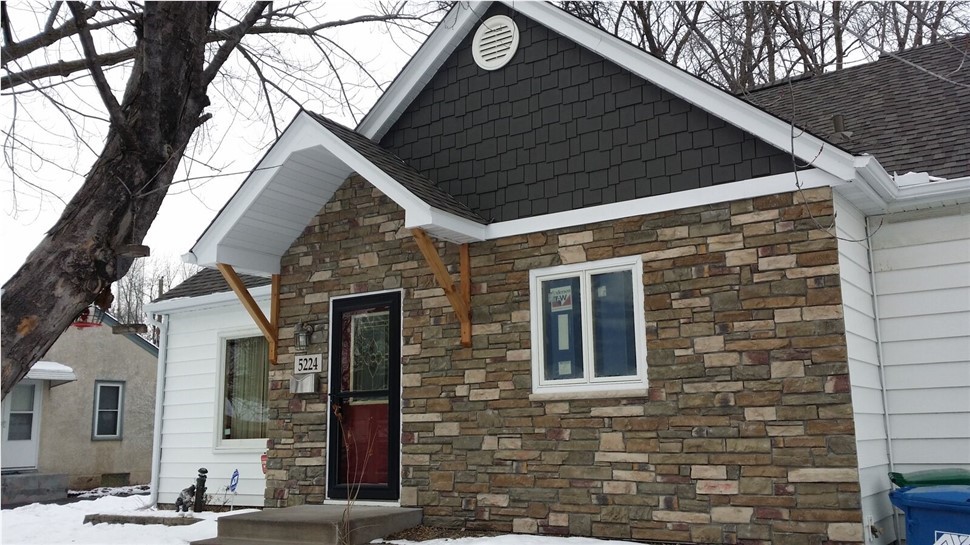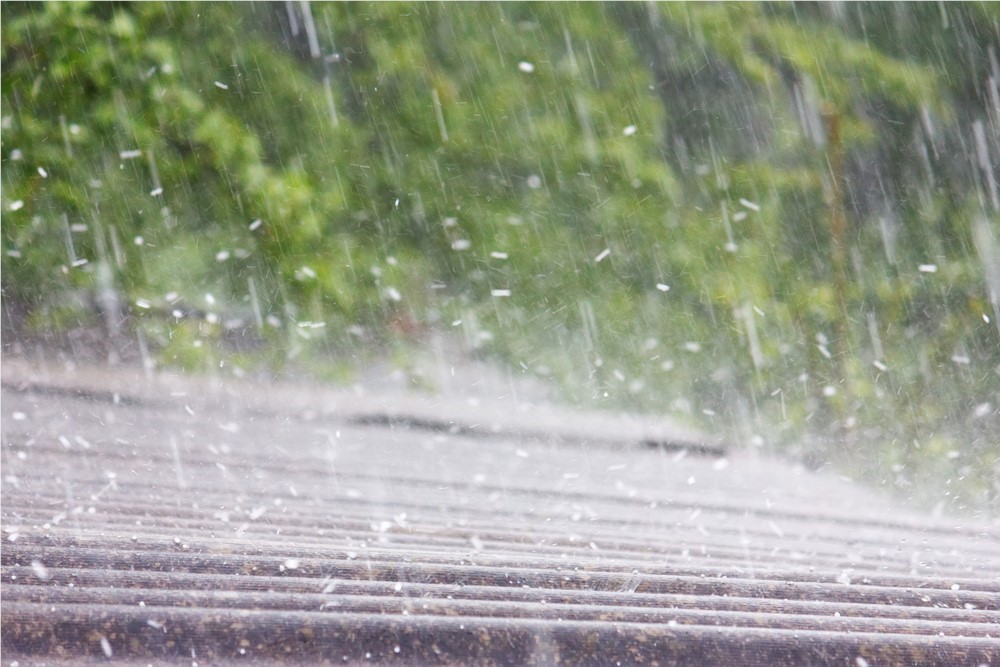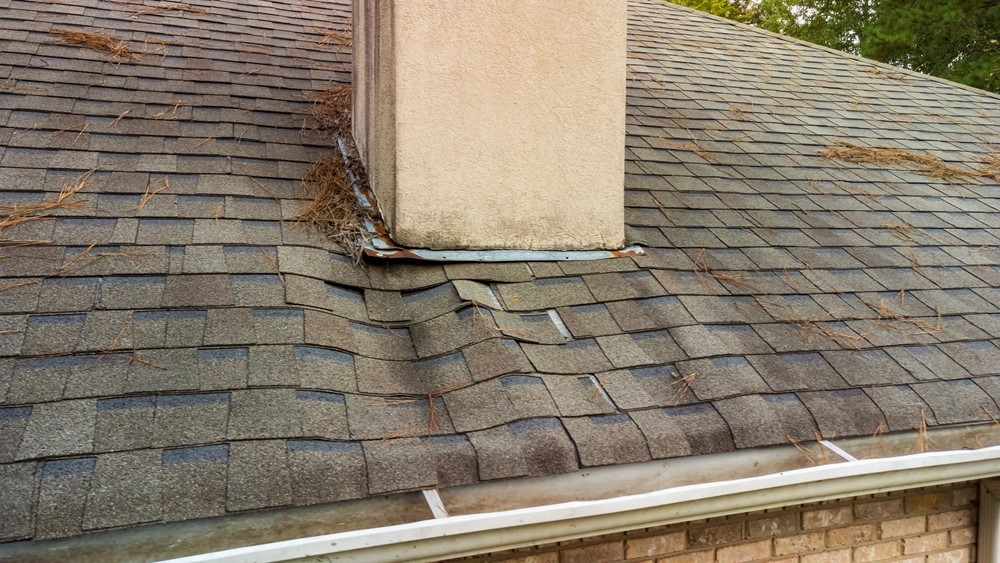Determining how to reduce energy consumption is the first step to building a zero-energy home. Energy usage can be reduced up to 80% through effective design and use of an HVAC system, but more localized methods will increase savings. In Florida, for example, a lighter colored roof and UV blocking windows both cool a home without consuming energy. Regardless of where your home is located, appliances such as hot water heaters, refrigerators, washers, and dryers should also be Energy Star rated.
Generating EnergyUsing a solar thermal system to harness power from the sun provides both electricity and hot water. It’s also more affordable than a completely photovoltaic (PV) alternative.
However, supplementing with PV technology will generate more power. This technology converts energy from the sun into DC current, which is then converted into AC current for the home or sent to the energy company for credit. Resources are available to determine the size of the system needed. State and federal incentives are available to lower the cost of these upgrades.
Monitor UsageUsing monitoring devices like “EUM 2000” and “The Energy Detective” enables the home owner to watch how much energy is generated. Homeowners should use these figures to calculate how much energy their systems are producing through kilowatt-hours (kWh). A home’s energy expenditure should be matched to production to complete the balance.
The Future of Zero-Energy HomesThe Department of Energy’s goal is to provide a more marketable zero-energy home by 2020. It may be available sooner, thanks to continued research teamed with both federal and state incentives. However, existing homes (including energy hungry-offices and entertainment centers) stand in the way of building more of these homes. The simple fact that some parts of the country generate fewer kWh than others also makes zero-energy homes difficult to create in places.
Although many homeowners receive a payback, the system is better looked at as an investment. As with any other home renovation, the more value put into the house, the more will be returned in the end.
We're committed to helping Minnesotans lessen their environmental impact by reducing their energy usage and incorporating more green building techniques and materials into their homes. That's why as full-service exterior home remodeling contractors, we offer a variety of green building solutions.
Subscribe to Quarve Contracting's Blog







Comments